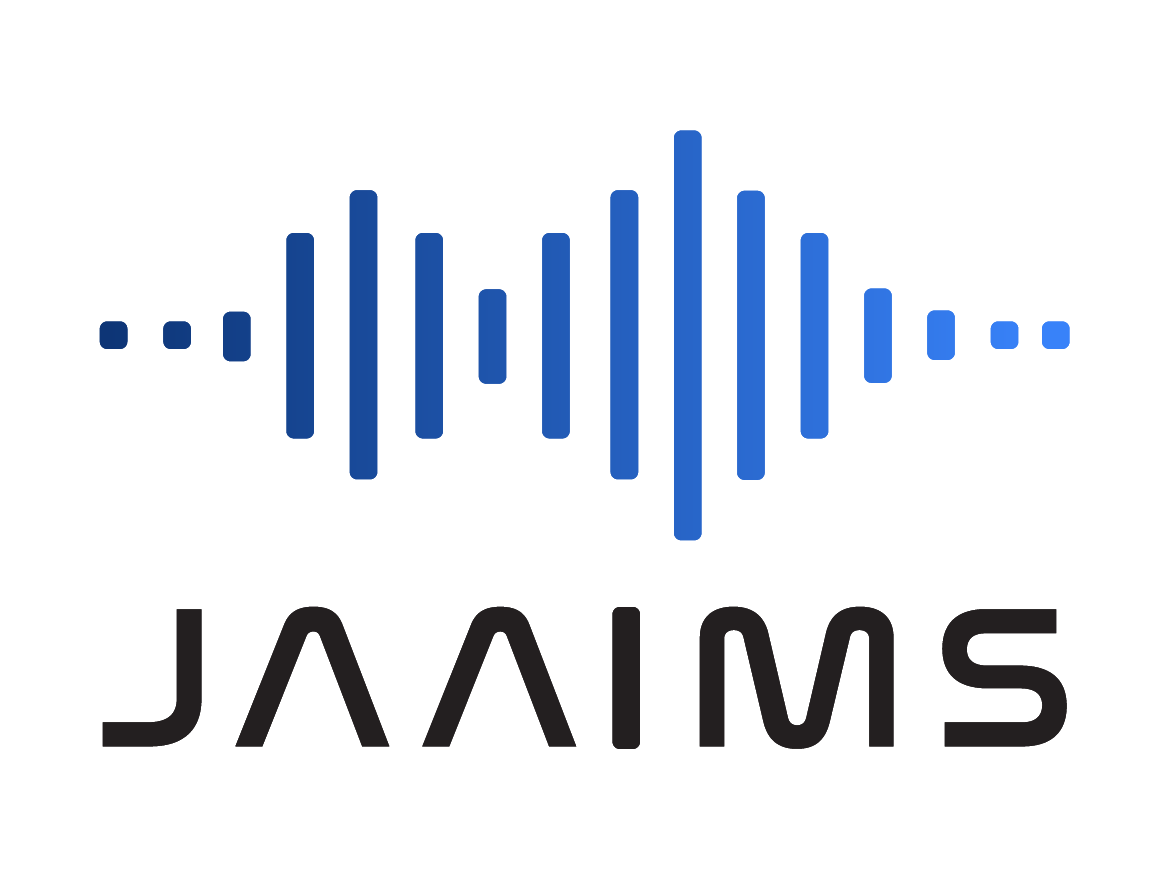Written by Tui Eruera, CEO and Founder of Jaaims
Halloween is upon us. But for investors, zombie companies are no trick – and they’re certainly not a treat.
You may have encountered the term ‘zombie company’ in the media. It’s been gaining plenty of airtime lately, but what does it mean – and why should investors take notice?
What is a zombie company?
In a technical sense, zombie firms are defined as companies that have been in operation for more than 10 years, and have an interest coverage ratio (ICR) off less than 1 for three consecutive years.
The ICR is calculated by dividing a company’s earnings before interest and taxes (EBIT) by its interest expense during a given period.
As a guide, an ICR below 2 means a company’s annual earnings are less than twice the company’s interest expenses[1]. In other words, there’s not much fat left after interest on debts has been paid.
Not surprisingly, the Reserve Bank says an ICR below 2 has historically been associated with an increased risk of insolvency.
The upshot is that a zombie company doesn’t earn enough profit to cover its debt costs, and so it needs yet more debt to stay alive.
How many companies are zombies?
Zombie companies have managed to get by over the past few years because interest rates were incredibly low and government support measures were very high. But neither of these were going to last forever.
Today’s environment of skyrocketing rates, rising costs – and in some cases, falling revenues, looks set to trigger a zombie apocalypse of the corporate variety.
Already, some commentators believe 13% of all ASX-listed companies are zombies[2].
If we remove the criteria around years in operation, as many as one in three listed companies could be zombies – in other words, unable to generate sufficient earnings before interest and tax (EBIT) to pay their interest bill.
The Reserve Bank noted in April[3] that “most” listed firms had adequate earnings at the end of 2021 to absorb a 200 basis point (2.0%) increase in average business lending rates. However, it also pointed out that a “considerable share of businesses have very low cash buffers, leaving them more vulnerable to cash flow disruptions”.
In particular, the Reserve[4] found that in January 2022, around one-fifth of firms had very small cash buffers – less than one month’s worth of expenses. More than a fifth of these were in the construction sector. There was also a relatively high share of businesses with low cash buffers in the education, manufacturing and transport sectors.
The catch is that these findings date back several months. They don’t take into account a string of rate hikes since May and inflation of 6.1%. And the strain is beginning to show.
In July, money watchdog ASIC reported 717 firms entered into external administration – a 70% jump on the previous July. By August the figures were up 96% on 2021[5].
How can investors avoid zombie companies?
As interest rates rise at speeds Lewis Hamilton would be proud of, there is a very real risk of more companies heading into default – and potentially liquidation.
It’s no easy ask to expect investors to pick a zombie company – certainly not from the 2,000-plus entities listed on the ASX. However, AI delivers a solution.
One of the advantages of Jaaims, is that we have the agility to deploy new parameters into the AI that drives Jaaims.
Right now, our team of data scientists is developing models to understand zombie companies that can be incorporated into our core AI program.
We will be able to implement this into our AI in the coming weeks.
It’s this agility and attention to detail that allows Jaaims investors to enjoy Halloween free from concerns that the zombies are coming for their portfolio.
[1] https://www.rba.gov.au/publications/fsr/2022/apr/household-business-finances.html
[2] https://www.livewiremarkets.com/wires/up-to-one-third-of-all-australian-and-us-companies-could-be-zombies
[3] https://www.rba.gov.au/publications/fsr/2022/apr/household-business-finances.html
[4] https://www.rba.gov.au/publications/fsr/2022/apr/household-business-finances.html
[5] ASIC Insolvency statistics Table 1B.4: Notification of companies entering external administration and controller appointments – Appointment type, Financial year to date
*Any advice provided is general in nature and does not take into account the viewer’s specific needs and circumstances. You should consider your own financial position, objectives and requirements to determine the type of advice and products to best suit your needs. Jaaims Australia is an Authorised Representative of Jaaims Technologies, AFSL 519985.
